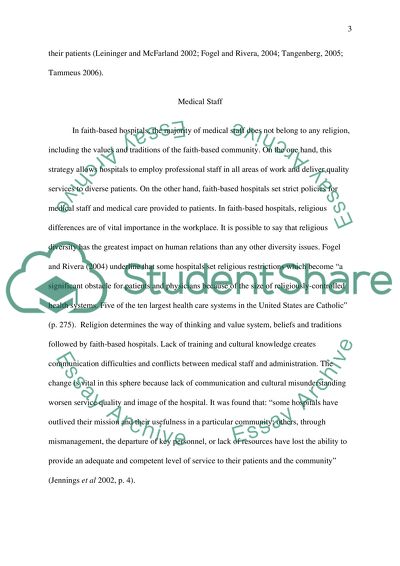Cite this document
(“Diversity in Faith Based Hospitals Essay Example | Topics and Well Written Essays - 2000 words”, n.d.)
Retrieved de https://studentshare.org/miscellaneous/1501937-diversity-in-faith-based-hospitals
Retrieved de https://studentshare.org/miscellaneous/1501937-diversity-in-faith-based-hospitals
(Diversity in Faith Based Hospitals Essay Example | Topics and Well Written Essays - 2000 Words)
https://studentshare.org/miscellaneous/1501937-diversity-in-faith-based-hospitals.
https://studentshare.org/miscellaneous/1501937-diversity-in-faith-based-hospitals.
“Diversity in Faith Based Hospitals Essay Example | Topics and Well Written Essays - 2000 Words”, n.d. https://studentshare.org/miscellaneous/1501937-diversity-in-faith-based-hospitals.


